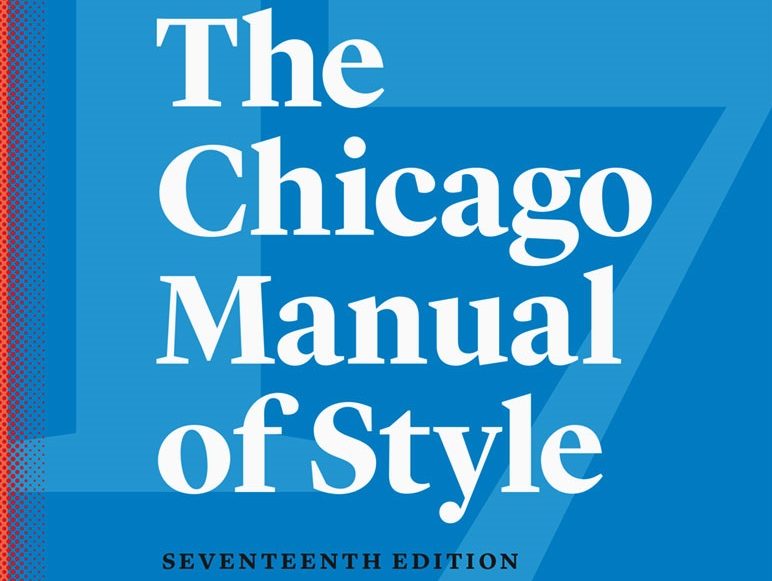Tag: Society of Biblical Literature
SBLHS2 and Ibid.
With the release of the Chicago Manual of Style‘s 17th edition, the SBL handbook began deferring to this edition (rather than the 16th) for matters not explicitly addressed in the SBL Handbook‘s 2nd edition or on the SBLHS blog. One of the changes with CMS17 is eliminating the use of “ibid.” In keeping with CMS17, SBLHS…
%22%20transform%3D%22translate(1.5%201.5)%20scale(3.01563)%22%20fill-opacity%3D%22.5%22%3E%3Cellipse%20fill%3D%22%238cb2d5%22%20rx%3D%221%22%20ry%3D%221%22%20transform%3D%22matrix(28.95215%20-39.5581%2056.35462%2041.24535%20114.2%2088.9)%22%2F%3E%3Cellipse%20fill%3D%22%230069ea%22%20rx%3D%221%22%20ry%3D%221%22%20transform%3D%22matrix(-32.84621%20-9.7295%2072.42392%20-244.49904%20240.8%20124)%22%2F%3E%3Cellipse%20fill%3D%22%23374872%22%20cx%3D%2210%22%20cy%3D%2286%22%20rx%3D%2214%22%20ry%3D%22255%22%2F%3E%3Cellipse%20fill%3D%22%238cbbe6%22%20rx%3D%221%22%20ry%3D%221%22%20transform%3D%22matrix(20.7929%20-.9442%205.88324%20129.559%2081.3%2012.9)%22%2F%3E%3C%2Fg%3E%3C%2Fsvg%3E)
The Chicago and SBL Manuals
The Chicago Manual of Style (CMS) has been updated to its 17th edition (2017).1 According to the second edition of the SBL Handbook of Style (SBLHS), Currently in its 16th edition, The Chicago Manual of Style remains the most comprehensive general authority on editorial style and publishing practices. Answers to questions not addressed in this handbook may be…
Loving one’s neighbor in JBL and elsewhere
The most recent issue of the Journal of Biblical Literature carries Matthew Goldstone’s essay “Rebuke, Lending, and Love: An Early Exegetical Tradition on Leviticus 19:17–18” (307–21). According to the abstract, In this article I posit the presence of an early Jewish exegesis of Lev 19:17–18 preserved in the Tannaitic midrash known as Sifra, which is…
How Can You Get SBL BibLit on iOS?
One of the less-than-ideal features of using an iOS device for editing or producing documents in Biblical Studies has been the difficulty of getting standard biblical language fonts (e.g., SBL BibLit) to work on the device. There are now, however, at least a couple solutions:
SBL Press on citing Migne’s “Patrologia Graeca”
SBL Press continues to be quite responsive on its blog to questions submitted by users of the SBL Handbook of Style. One of the latest examples is the Press’s clarification of how to format citations from J.-P. Migne’s Patrologia Graeca. The 161-volume series is available online in the public domain from various sources, including Patristica.net and…
Tyndale House GNT
The Tyndale House Greek New Testament is set to be released with Crossway on 15 November 2017, just in time for SBL. The text is already available for pre-order on Amazon. According to the volume’s blurb, the principal editors, Dirk Jongkind and Peter Williams, have taken a rigorously philological approach to reevaluating the standard text—reexamining…
